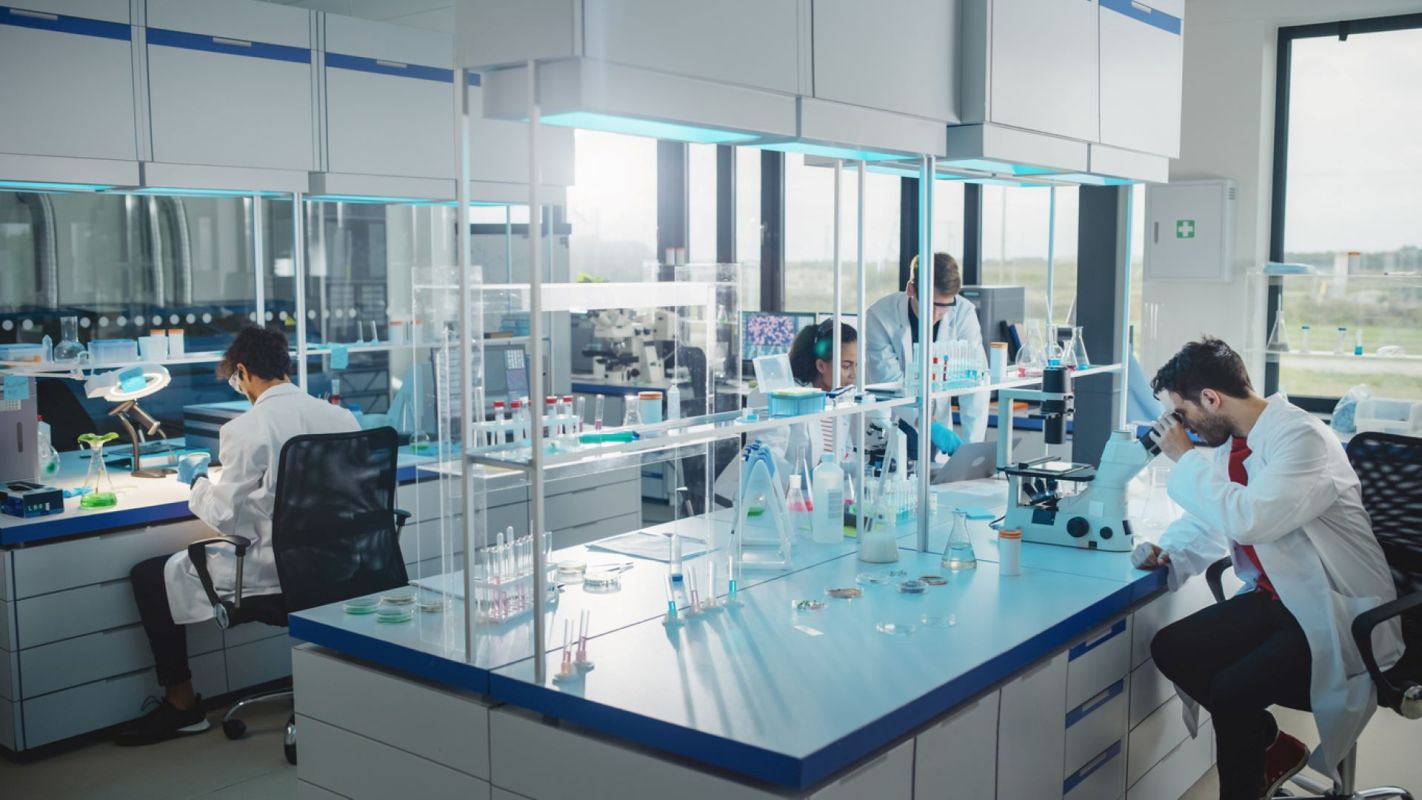A marine creature that resembles a popular summer fruit has a unique defense protein that scientists believe could help make a major dent in one type of harmful pollution.
As detailed by Phys.org, researchers from a trio of institutions used the strawberry anemone to create an artificial superprotein that is able to eat away at microplastics and nanoplastics from polyethylene terephthalate, a material commonly used to make single-use plastic bottles.
"What we are doing is something like adding arms to a person," said Víctor Guallar, a professor at the Barcelona Supercomputing Center - Centro Nacional de Supercomputación, who pointed out that the protein basically acts like a scissor to degrade the plastic.
Guallar added that machine learning and supercomputers helped the scientists predict "where we must place the new amino acids so that they can exert their action."
This resulted in a product similar to an enzyme discovered in Japan in 2016 — but with "an efficiency between five and 10 times higher" and without the need for pollution-generating high heat.
The Institute of Catalysis and Petrochemistry of the Spanish Council for Scientific Research and Complutense University of Madrid were the other organizations involved in the research, which was published in the journal Nature Catalysis.
Annually, nearly 450 million tons of plastic waste are created worldwide, according to the U.N. Environment Programme, which is a significant concern because the material takes hundreds upon hundreds of years to break down.
As the plastics begin to decompose, they end up shedding tiny particles known as microplastics. Shockingly, one study recently found these toxic particles in almost 90% of protein-rich foods.
Scientists are still studying how microplastics affect our long-term health, but the particles have been linked to metabolic and immune disorders, among other concerns, according to a study in ACS Publications.
This has spurred scientists to develop ways to eliminate already existing microplastics, even as some governments, companies, and individuals are seeking to reduce the use of plastic altogether.
In the latest discovery, the versatility of the strawberry anemone protein is a unique benefit, allowing researchers to create two different products.
"One variant breaks down the PET particles more thoroughly, so it could be used for degradation in sewage treatment plants. The other gives rise to the initial components needed for recycling. In this way we can purify or recycle, depending on the needs," Laura Fernández López, a doctoral student at ICP-CSIC, told Phys.org.
Researchers believe that further work could lead to even more solutions.
"What we are looking for is to combine the potential of proteins provided by nature and machine learning with supercomputers to produce new designs that allow us to achieve a healthy zero-plastics environment," added Manuel Ferrer, a research professor at ICP-CSIC.
Join our free newsletter for weekly updates on the coolest innovations improving our lives and saving our planet.









